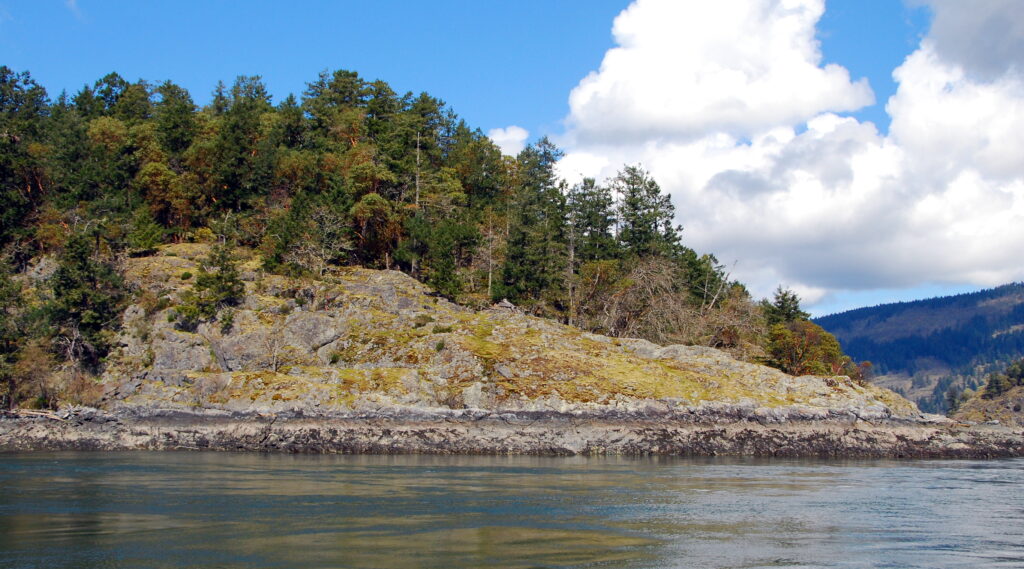The Stewardship Pledge
The Stewardship pledge is a voluntary commitment of landholders to:
- Conserve the natural elements in the area and be sensitive to the wildlife (both plants and animals) that live there.
- Keep to a minimum any disturbance to the natural features and seek conservation assistance, if required.
- Encourage a diversity of native plants and animals, especially those that are rare and threatened, where possible.
- If transferring your property, notify the new landholders) or manager(s) of the commitment and encourage a fellow Steward to contact them.
The strength of the pledge rests on the landholder’s personal commitment
Conservation Covenants
One of the main activities of the CCLT is to help private landholders protect their land through the use of conservation covenants. A conservation covenant is a voluntary, written agreement between a landholder and a conservation organization such as CCLT. In such an agreement the landholder promises to protect the land in specified ways. The covenant can include all or just a portion of a landholder’s property. It may include provisions to protect natural, historical, cultural, architectural, environmental, heritage, scientific, wildlife, or plant-life values.
More on conservation covenants:
Public Education
CCLT is committed to providing educational workshops to the community at large on a varitey of topics including.
CCLT will also assist special interest groups organize their start-up activities.
Visit Westcoast Environmental Law for excellent descriptions of:
- Donation of funds or land
- Land Acquisition
- More
Look for a number of publications including:
“Greening Your Title: A Guide to Best Practices for Conservation Covenants” (pdf — text version available at site)
West Coast Environmental Law announces the second edition of Greening Your Title: a Guide to Best Practices for Conservation Covenants
Additional information can be found at:

